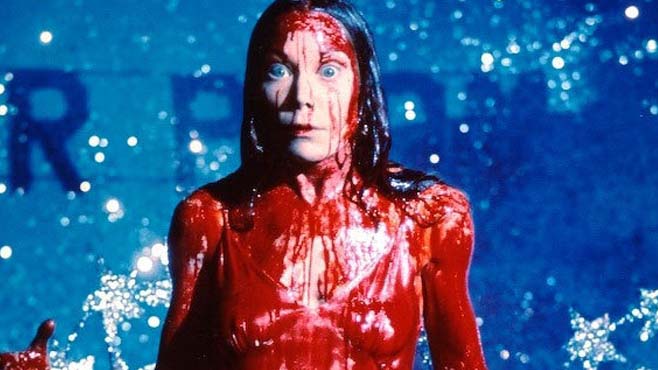
Slow motion is a visual technique where time seems slowed down and the movement that appears in front of the camera achieves a stylized shape that always feels unique.
In the case of cinema, slow motion has been widely used as a poetic device to accentuate and invigorate moments that need to be highlighted, whether for storytelling or purely aesthetic reasons.
This list of films tries to gather some of the finest and most memorable slow motion scenes that cinema has ever produced. Spoilers ahead.
20. Hard Boiled (1992)
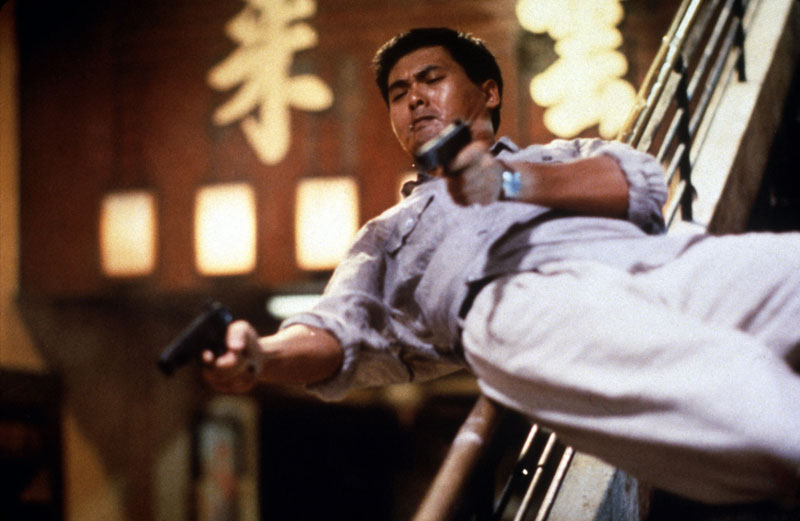
Slow motion is a trademark in John Woo’s films. In “Hard Boiled,” this is put into practice in a chaotic shootout scene that exudes vigor, coolness, and a fresh distinctive new approach to action movies that has been replicated, perhaps, through different outlooks in many other films.
“Tequila” Yuen (Chow Yun-fat) is a police officer who lost his partner Benny (Bowie Lam) while trying to arrest a group of crooks. He teams up with Alan (Tony Leung Chiu-wai), an undercover cop who traces back the ones who murdered his friend.
Although some people might consider that violence in Woo’s films feels gratuitous at times, the truth is that the filmmaker is always trying to find a poetic shade that stylizes his films and makes them feel unique. In the case of “Hard Boiled,” the opening scene is so well executed and coordinated that it’s impossible not to feel charmed by its wild rhythm.
19. Dredd (2012)
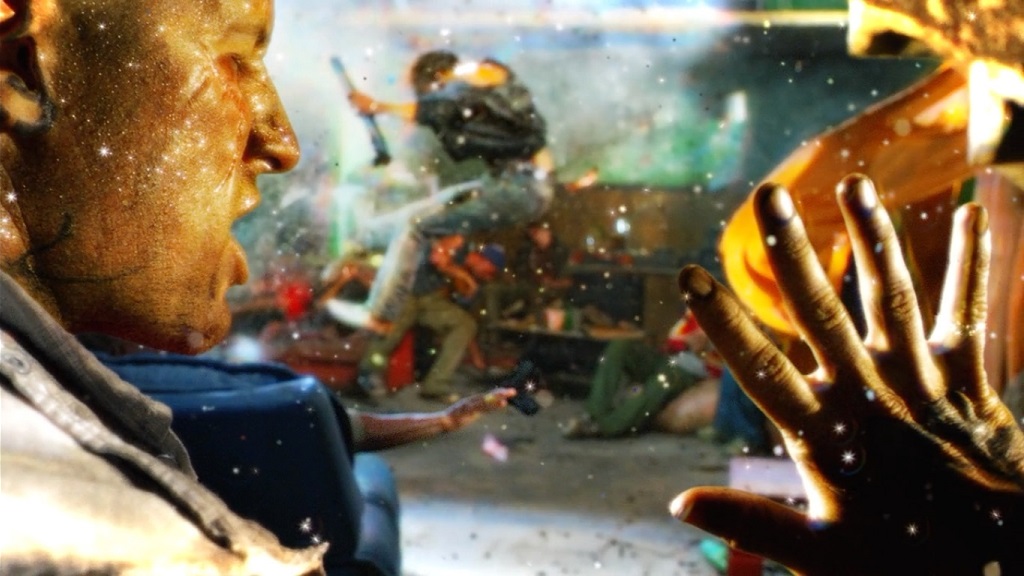
If slow motion isn’t enough for you, then you’ll surely be rewarded with the use of super slow motion in “Dredd.” As a matter of fact, slow motion in “Dredd” becomes a drug that reduces an addict’s perception to 1 percent of normal. This is particularly interesting because it represents a materialization of a film technique into an element of the story.
In the future, America has become a radioactive wasteland. Mega-City One is a big city with 800 million inhabitants and more than 17,000 crimes committed daily. Ma-Ma (Lena Headey) is an important drug lord that distributes the aforementioned “Slo-Mo.”
The effects of the drug makes the user feel as though they are living in slow motion. The colors look more saturated and any feeling, whether that be of pain or pleasure, when the drug was taken, prolongs itself for an extended period of time. The drug, tailored with psychedelic drugs as a basis is, perhaps, the coolest element of the film.
18. Raging Bull (1980)
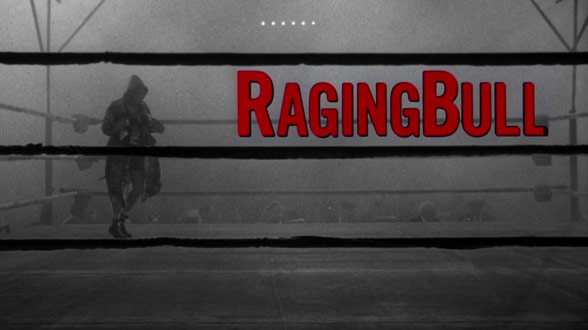
The powerful sports drama “Raging Bull” is surely a film that makes Martin Scorsese proud, perhaps not because it expands its filmmaking vision, but because it functions as a catalyst to allow him to reconsider his career. It follows the life of the real life Jake LaMotta (Robert De Niro), an Italian American middleweight boxer famous for his aggressive and conflictive behavior.
Is this aspect the one that stands out? The film is less about boxing than it is about macho vices such as extreme jealousy and violence toward women. Boxing is just an excuse for this, and that is the reason why its slow motion scene depicts LaMotta where he passively receives blows from his adversary. It’s all about contradictions.
Roger Ebert put its this way: “‘Raging Bull’ is the most painful and heartrending portrait of jealousy in the cinema – an ‘Othello’ for our times. It’s the best film I’ve seen about the low self-esteem, sexual inadequacy and fear that lead some men to abuse women. Boxing is the arena, not the subject.”
17. The Untouchables (1987)
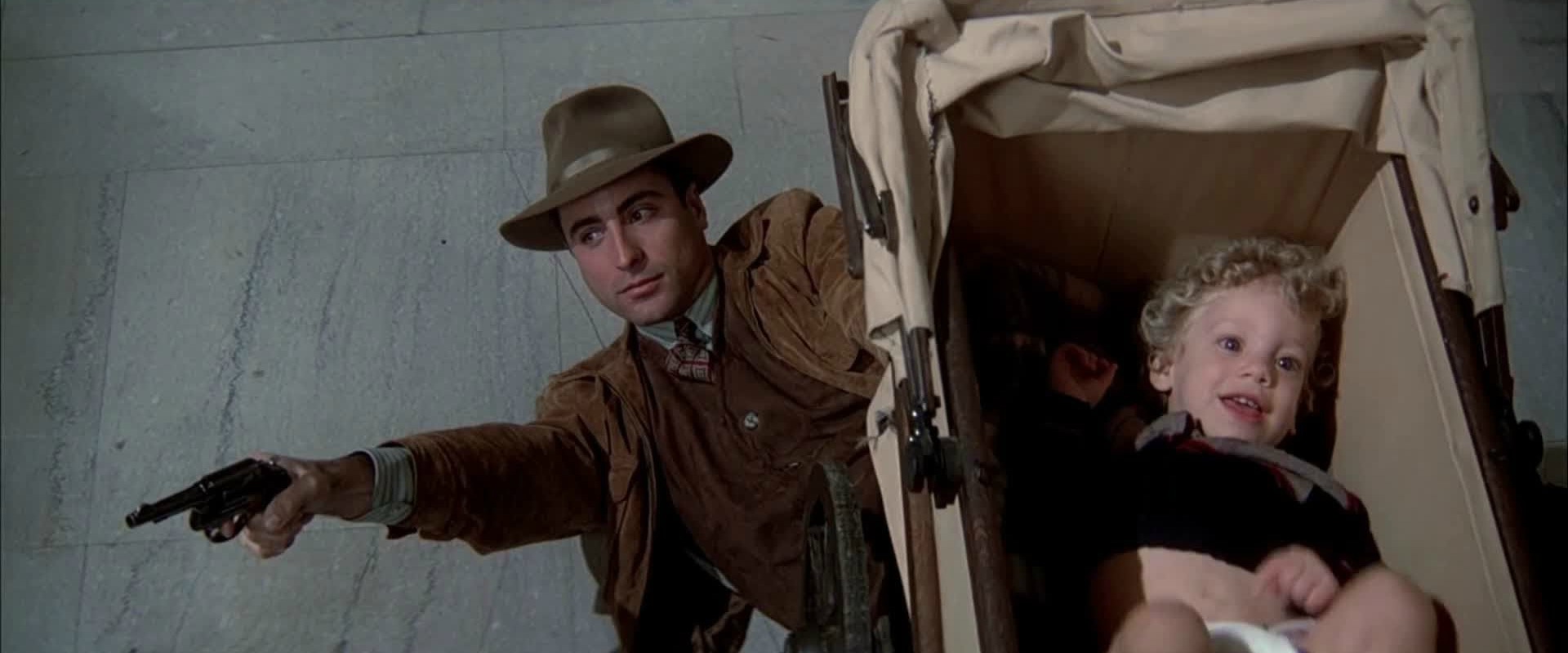
Executed as an homage to Sergei Eisenstein’s “Battleship Potemkin” Odessa Step scene, Brian De Palma’s slow motion scene in “The Untouchables” was shot with superb ability, not only to fulfill a tribute to a film with the significance of “Battleship Potemkin,” but producing something that feels new, in a way.
Eliot Ness (Kevin Costner) and George Stone (Andy García) find Walter Payne (Jack Kehoe) protected by various other gangsters at Union Station. A gunfight is conducted and all the gangsters die, and Payne is taken alive to testify at Capone’s trial.
The stunt coordination, just as its Soviet inspiration, is outstanding. Garnished with American buildings, fashion and weapons from the time, the tension evolves with strength in a dangerous pace. Just like myths, images and sequences created by filmmakers can and should be revisited.
16. The Lobster (2015)
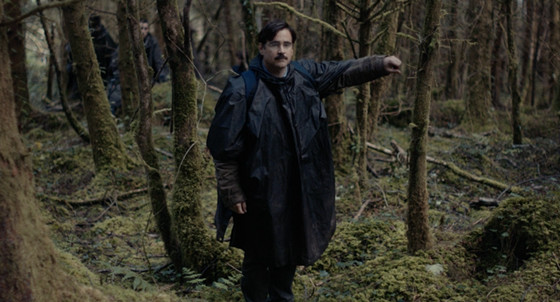
Yorgos Lanthimos is definitely one of the most interesting filmmakers working nowadays. His films “Dogtooth,” “Alps” and the recently distributed “The Killing of a Sacred Deer” have proved that he is one of the most promising young directors of world cinema. His extravagant dystopian black comedy “The Lobster” corroborates this assertion.
The movie tells the story of a world where single people are arrested and brought into some kind of hotel where they have to find a partner in 45 days. If they don’t make it, they will be transformed into an animal of their choosing.
The dwellers of the hotel can earn one more day of residency if they hunt the single people who live in the forest. In this context is where the stunning slow motion scene of “The Lobster” happens. The beauty of it relies in the fragile yet aggressive movement of the body in the forest. The forest, likewise, projects the sublime figure of an endless maze. The combination of these elements produces an elegant presentation of both black comedy and horror.
15. Point Blank (1967)
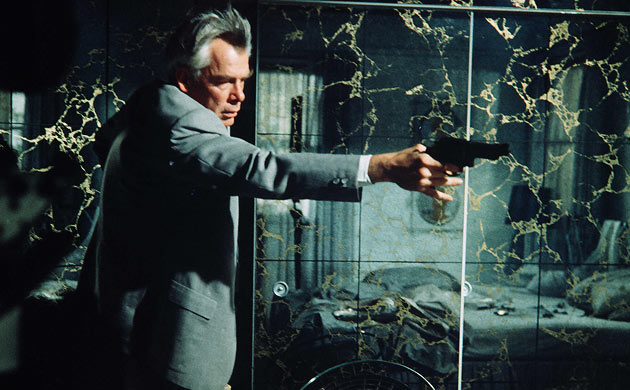
John Boorman’s neo-noir crime thriller “Point Blank” is a film that deserves more recognition. Its visual magnitude is so overwhelmingly powerful that it’s difficult not to think that it belongs to the same category of film as nightmares.
Walker (Lee Marvin), a thief of funds for gambling, is betrayed by his friend Mal Reese (John Vernon). Although he wants his money back, Reese spent it all to pay back a crime syndicate called “The Organization.” He goes to Los Angeles to see if his friend is with his ex-wife Lynne (Sharon Acker), and shoots into her bed just in case Reese in it.
The use of slow motion in the scene is perfect. When Walker enters the house, he grabs his ex-wife with a ruthless gesture on his face. The movement of his arm fills the screen and it feels so aesthetically appealing that is impossible to take the eyes away from it.
14. The Wild Bunch (1969)
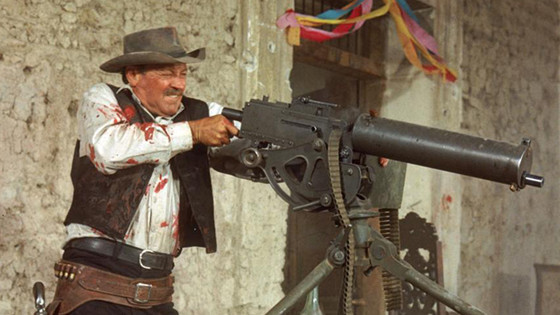
The end of Sam Peckinpah’s “The Wild Bunch” is total anarchy. Its use of meticulous slow motion served as an archetype of how these kinds of scenes had to be conducted in later action films, such as “The Terminator” or “First Blood,” with a taste for orchestrated coordination that felt surprisingly fresh at the time of its execution.
Its intensity and fury (that at certain moments produced an average shot length of .73 seconds) is just breathtaking. But even though Peckinpah could have depicted this scene with the ferocity of velocity, he decided to introduce some slow motion shots that really helped to accomplish the general tone of the scene, not only showing violence, but also portraying how dramatics were dying in the Mexican part of the Old West.
Martin Scorsese, along with some film critics, had the privilege to watch the film before its commercial release and was so impressed with the final shootout that he said, “We were mesmerized by it; it was obviously a masterpiece. It was real filmmaking, using film in such a way that no other form could do it; it couldn’t be done any other way. To see that in an American filmmaker was so exciting.”
13. Bonnie and Clyde (1967)
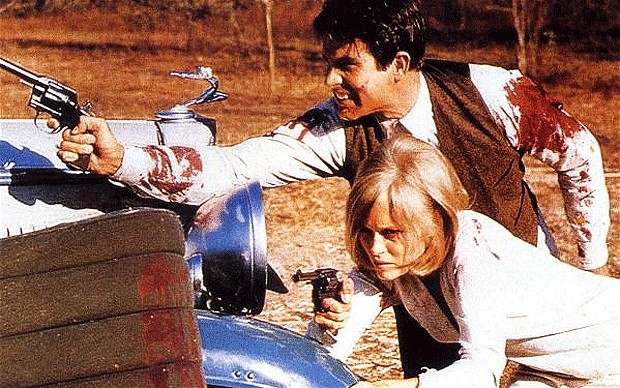
Lovers on the run, as a film subgenre, has delivered really great films. That is the case of Godard’s “Pierrot le fou” or Malick’s “Badlands.” In this regard, Arthur Penn’s “Bonnie and Clyde” could been considered, perhaps, as a pinnacle of this category.
At the end of the movie, when Bonnie Parker (Faye Dunaway) and Clyde Barrow (Warren Beatty) decide to stop and help C.W.’s father Ivan Moss (Dub Taylor), they’re unaware that he has set up a trap for them.
A hail of bullets destroys Bonnie and Clyde’s bodies as they slowly fall into the earth. Before that, life was finally coming to a place for the couple. They recently had sex for the first time and, more happy than ever, returned from the grocery store tenderly embraced because life smiles at them. After the bullets demolish their lives, the only sound that can be heard is pure silence.
12. Panic Room (2002)
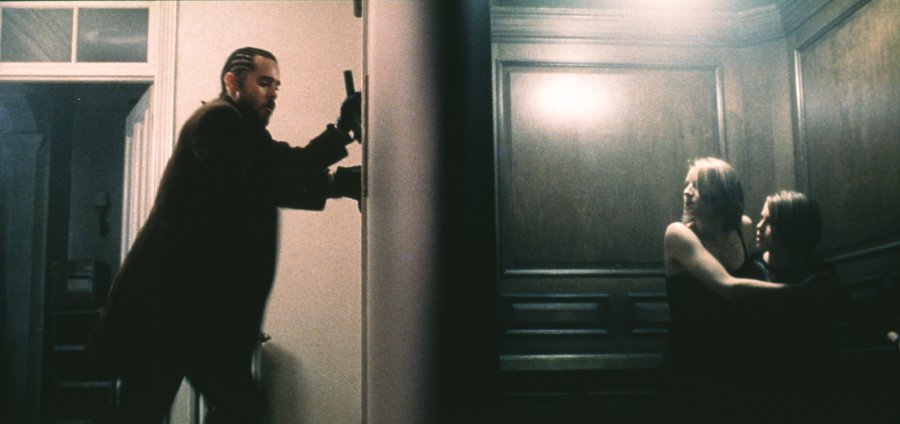
When Meg Altman (Jodie Foster) and her adolescent daughter Sarah (Kristen Stewart) arrive to their new home, they notice that the previous owner, a cloistered millionaire, installed a panic room. A panic room is a fortified area set up in a private residence where its inhabitants can protect themselves from any latent threat.
A bunch of thieves, commanded by the grandson of the previous owner, Junior (Jared Leto), infiltrate the house to steal $3 million dollars that are located, precisely, inside a false floor in the panic room. When the thieves break into the house, the two women get into the shelter as quickly as they can.
With the hurry, Meg forgets her phone somewhere in the house, so she decides to leave the panic room to find it. To illustrate this recovery, David Fincher’s use of slow motion reinforces the urgency and hazard that both women live through with the precision of this technique.
11. Zabriskie Point (1970)
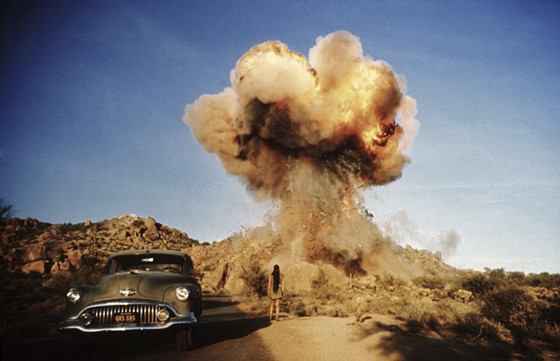
The final scene of Michelangelo Antonioni’s cult film “Zabriskie Point” might be one of the most experimental endings of any fiction film ever produced. Its portrait of American youthful anger, symbolized in the exploding house that fills the screen with an unusual exhibit of energy, functions as a landmark that could have been used by the Italian filmmaker as a testament of both young idealistic people and nihilistic businessmen toward the end of the troubled 60s.
At the end of the movie, after Mark’s (Mark Frechette) death, Daria (Daria Halprin) drives to a desert house where his boss, Lee Allen (Rod Taylor), is closing a deal on the resort he wants to build in the desert. Still overwhelmed by her lover’s assassination, Daria seems emotionally unable to stay at the house, so she decides to flee.
The extreme slow motion scene that occurs after her breakout was shot, according to James S. Williams, used “special cameras that generated 3000 images per second.” Musicalized by Pink Floyd and displaying a lot of different items exploding over and over again, this famous scene feels like both a hopeful dawn of a new era and the chaotic apocalypse of the end of times.